
Socializing your puppy to environments that can be stressful is
one of our chief duites as owners and caretakers. It is
important to expose our puppies early on and often to ensure a
strong, sure, and well balanced dog. Genetics will only take our
dog so far, and then it is up to us to go beyond. In Parts 1 and
2 we discussed some instances where our dogs may be overly
stressed to the point they are unreliable, and how to gradually
expose our dogs to those environments. In Part 3 we discuss two
more situations, darkness and tight spaces.
NO NIGHT LIGHTS FOR YOUR PUPPY
Dogs were designed to function in dim light, and in what we as
people would consider darkness. The tacetum of the eye (what you
see reflecting in the eyes of some animals at night) reflects
light onto the cornea of the dog allowing better vision in
darkness. In addition, the ratio of rods to cones in the eyes of
the dog is condusive to better vision in darkness. Still we must
ensure the dog develops a reliance on this sense. We all want to
keep a light on for our new puppy, especially when the howling
that is sure to come with a new puppy starts. Still, your puppy
will quickly get over this stage and develop a tolerance for the
environment. We want the dog to get used to and feel comfortable
in the darkness, and also use his or her other senses to aid in
the overall picture the dog is seeing. In addition we want to be
doing our protection training in low light and dark situations.
This can over-stress a young dog, so we must be very careful to
watch our dog’s behavior. Watch your puppy for the signs of
stress and adjust accordingly. Your dog will soon be confident
in this situation, and you can be confident in your dog’s
ability to deal with anything that comes their way.
YOU WANT ME TO GO WHERE?
Tight spaces and high places are very similar in their affect on
some dogs. Where a dog has a problem with one, he or she will
probably have a problem with the other. Some examples of tight
spaces would be under a vehicle, in between furniture, under a
table, elevators or other small rooms,etc. High spaces might be
in the back of a pickup truck, on a tabletop, a high deck, a
balcony, and many others. Even some of the most sure and strong
dogs have problems in these environments, and the best defense
we have is a lot of exposure early on. Remember, anytime you
find yourself in one of these places, you can train.
In Part 4 we will review all the lessons and discuss one of the
most common environmental problems, slick floors. Happy Training
and remember, Respect the Dog.
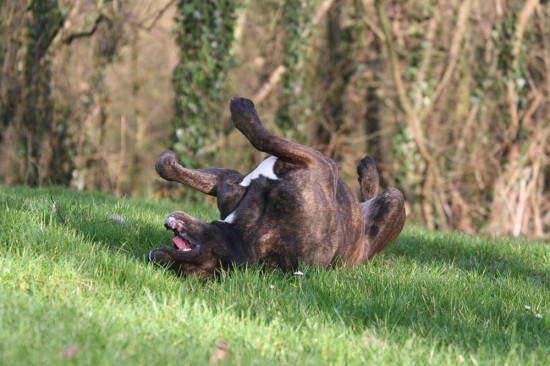 The Secret Language Behind Five Common Dog Behaviours
The Secret Langua
The Secret Language Behind Five Common Dog Behaviours
The Secret Langua
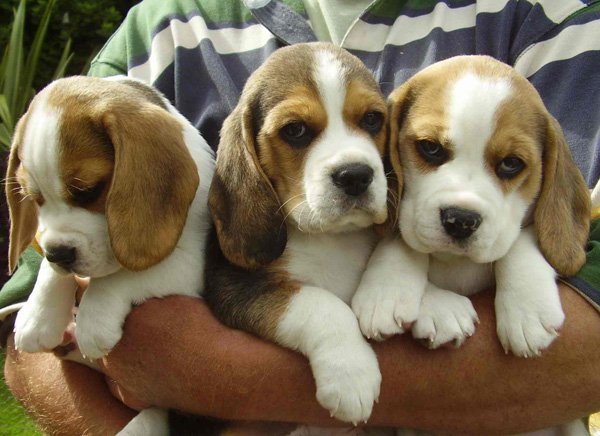 Photo Pet Urns For Ashes
Photo Pet Urns For Ashes
Days are numbered for
Photo Pet Urns For Ashes
Photo Pet Urns For Ashes
Days are numbered for
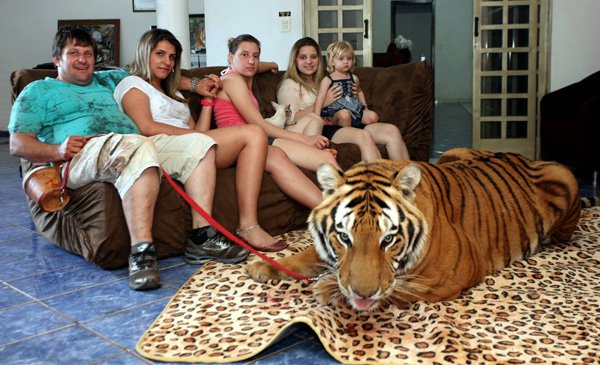 Save Your Time With Dog Wash Machine
Save Your Time With Dog Wash Machine
Many peop
Save Your Time With Dog Wash Machine
Save Your Time With Dog Wash Machine
Many peop
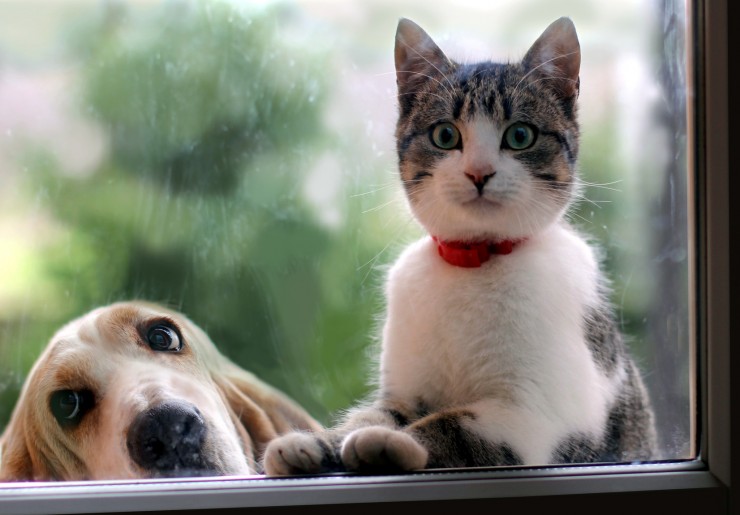 Are Cats Better At Letting You Know They Are Sick Than Dogs?
Are Cats Better A
Are Cats Better At Letting You Know They Are Sick Than Dogs?
Are Cats Better A
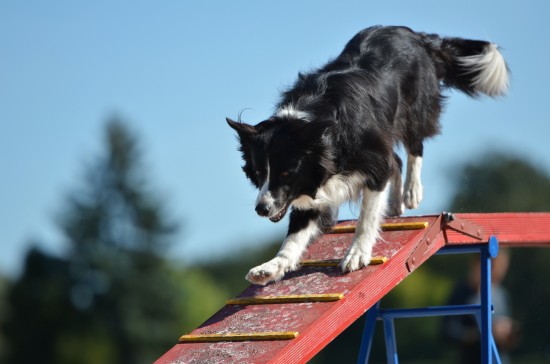 Competing In Your First Dog Agility Show - What To Do
Competing In Your
Competing In Your First Dog Agility Show - What To Do
Competing In Your
Copyright © 2005-2016 Pet Information All Rights Reserved
Contact us: www162date@outlook.com